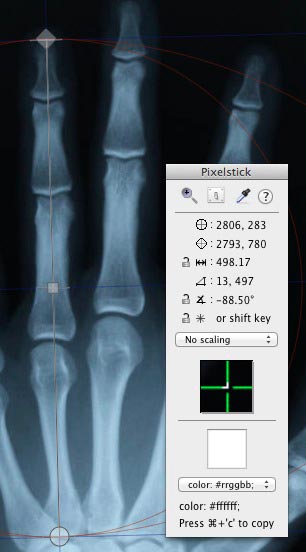
- #Pixelstick price install
- #Pixelstick price zip file
- #Pixelstick price serial
- #Pixelstick price drivers
- #Pixelstick price update
From there, moving to 4 was somewhat unintuitive but a Youtube video from JustinZDesign helped me get the rest of the way. I had some confusion on getting FPP to work with firmware 3,2 until I realized that since I had it correctly running from xLights, I just needed to upload the config (UDP all) to the FPP from xLights. Seems like a great build quality as usual. The lights work great, the network traffic is minimal, no need for separate networks any more.

Just finished converting and consolidating to the V3 pixelstick from v2, including moving to firmware 4 beta4 and getting the latest FPP and xLights to work with it. Thank you for your time and for developing this great hardware/software! Reply So back to my original question, is there a better process that I don’t know about that could make testing with live pixels quicker?
#Pixelstick price update
Compile and export the binary in arduino, use the java ESPSFlashTool.jar to build an efu(which takes a while) and then do an OTA update on the espixelstick via web. The other option is to have the espixelstick all connected to the power supply and pixels. So that leaves me having the d1 connected to the pc via usb, then when I upload a new sketch having to disconnect it go to my work bench connect that all up and then do the testing. Can I have the usb connected from the pc to the D1 while also having my power supply connected to the terminals? I am guessing no and have not tried that yet in case it would fry something. I want to be able to make some changes to the code, compile then upload to the espixelstick to test with pixels connected to it. I have everything setup and able to compile and upload via usb successfully, but my question is if there is a better/quicker process for testing than I am doing now. I am trying to make a custom effect and am new to the Arduino environment.
#Pixelstick price serial
Towards the bottom of the Serial Output window, you will find the IP Address of your ESPixelStick. One finished, you will see “-= Programming Complete =-” in the Status window.Click Upload to flash your ESPixelStick.For Platform, select the option which includes ESPixelStick V3.
Select Serial for control of DMX and Renard devices.
#Pixelstick price drivers
If a CH340 device is not available, then either your system does not have the drivers loaded (refer to Requirements) or you have a power-only USB cable.

Verify that you can select a CH340 device from the Serial Port drop-down list.
#Pixelstick price zip file
#Pixelstick price install
Please check if your device connects before trying to install any drivers as your system may already have them installed: In order to program the ESPixelStick, you’ll need the following installed on your system. To program the ESPixelStick, you need to remove the Wemos module from the main board. The top module, which is a Wemos D1 mini and the ESPixelStick main board which act as a mother board for the Wemos module. The ESPixelStick V3 consists of two parts. Programming the ESPixelStick V3 is quite simple. The ESPixelStick V3 is only available from our Store.


 0 kommentar(er)
0 kommentar(er)
